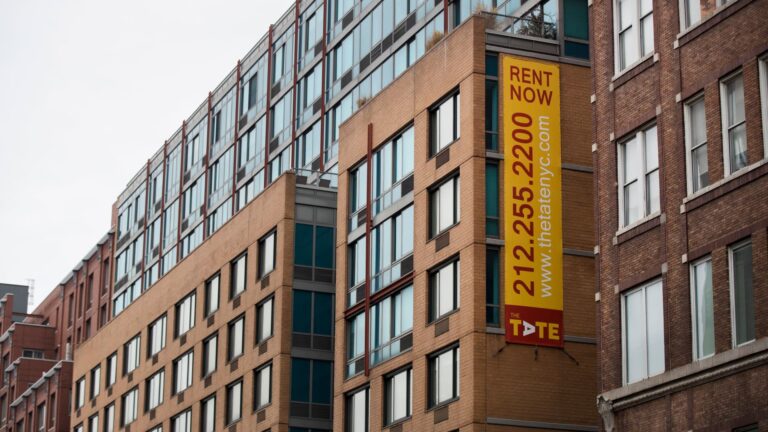The Rental Market: A Shift in Dynamics Amid Economic Concerns
Introduction
The rental market often serves as a practical option for many individuals, especially in urban settings where the costs of homeownership can be prohibitive. Interestingly, recent trends indicate that tenant mobility is markedly lower than in previous years.
Decreased Tenant Mobility
Real estate analyst Alex Goldfarb from Piper Sandler highlights a notable decline in tenant turnover, with some landlords reporting only 30% vacating rates—well below the traditional 50% threshold.
This shift can be attributed to several factors:
- A soaring for-sale market that has made home buying less accessible.
- A shortage of rental properties, especially along the coasts.
- Increased economic uncertainty and rising moving expenses.
- A growing preference for larger, more comfortable suburban apartments.
As a result, landlords benefit from stronger pricing during lease renewals, minimizing turnover costs like repairs and cleaning.
Investment Opportunities in Multifamily Real Estate
In light of these trends, Goldfarb emphasizes favorable prospects for multifamily real estate investment trusts (REITs) such as Essex Property Trust and Equity Residential, particularly given their substantial presence on the West Coast.
The recovery of markets like San Francisco and Seattle, fueled by the resurgence of major tech firms and their mandates for employees to return to office environments, reflects positively on these sectors.
Performance in the Sunbelt Region
While the Sunbelt region had previously seen significant gains during the pandemic, Goldfarb maintains a neutral stance on its future performance. Companies such as Camden Property Trust and Mid-America Apartment Communities showed strong results early in the year, though potential job losses arising from economic downturns could hinder this momentum.
Market Trends and Rent Fluctuations
After experiencing a downturn attributed to a spike in new housing supply, the multifamily market is now witnessing a resurgence, with rents increasing by 0.9% in the first quarter according to CBRE. This rebound is largely driven by a substantial net absorption rate, marking the highest levels since 2000.
Moreover, this growth in demand has lowered the multifamily vacancy rate to 4.8%, dipping below the long-term average of 5%. As observed by Kelli Carhart, leader of multifamily capital markets for CBRE, the reduction in vacated units indicates a pivotal change in the multifamily landscape.
Conclusion
The current rental market reflects a complex interplay of economic factors, tenant preferences, and industry dynamics. With lower turnover rates and increasing demand, the multifamily sector is poised for potential growth and heightened investor confidence in upcoming years.
